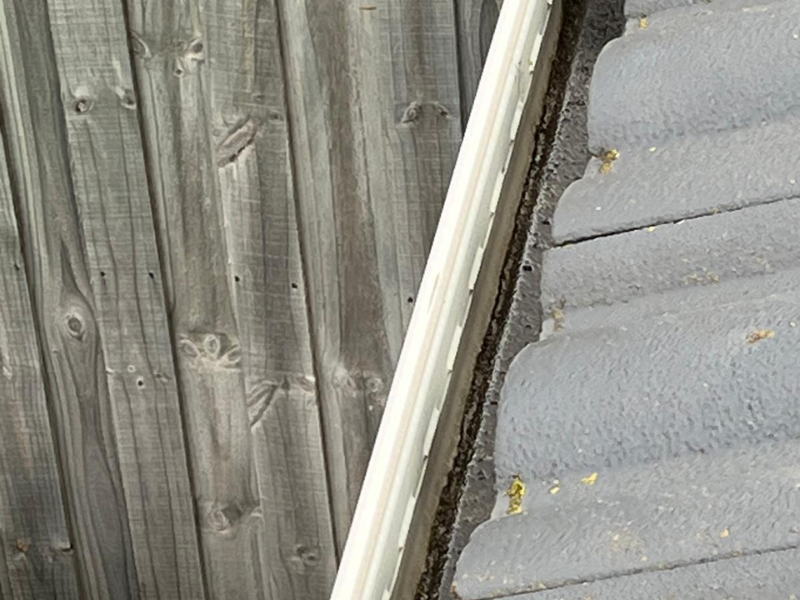Water damage often arrives unannounced — a burst pipe, an overflowing washing machine, or a heavy storm can quickly leave homes and businesses in chaos. However, while the immediate effects like wet floors and soggy walls are easy to spot, the true costs of water damage extend far beyond what the eye can see. Acting quickly with a professional water damage restoration service is crucial not just for cosmetic recovery, but to protect the long-term health of your property and finances.
This article explores the hidden dangers of untreated water damage and why immediate action is the smartest financial and safety decision you can make.
Understanding the Immediate Impact of Water Damage
Water is surprisingly destructive when it enters a space not built to handle it. Within minutes, water can seep into furniture, carpets, drywall, and even structural beams. Electrical systems become hazardous, and personal belongings often sustain irreversible damage.
Beyond the physical mess, standing water breeds bacteria, mold, and mildew — all of which start developing in as little as 24–48 hours. Mold spores, in particular, can spread rapidly throughout a building, creating significant health hazards for occupants. Respiratory issues, allergic reactions, and long-term health conditions often stem from such exposure.
The Long-Term Structural Costs of Delayed Restoration
Delaying water damage repair isn’t just risky — it’s expensive. Here’s how unchecked moisture wreaks havoc over time:
- Foundation Damage: Water can erode foundations, causing cracks, warping, and uneven settling. Structural shifts from foundation damage are notoriously costly to correct.
- Wood Rot: Prolonged moisture leads to rotting wood beams, which compromises the structural integrity of floors, walls, and roofs.
- Drywall and Insulation Ruin: Water-saturated drywall often has to be replaced entirely, and soaked insulation loses its effectiveness, demanding full replacement.
- Electrical System Failures: Water intrusion into electrical wiring risks short circuits, fires, and the need for extensive rewiring.
Each of these repairs comes with a hefty price tag, far exceeding the cost of early professional intervention.
Health Hazards: More Than Just Property Damage
While financial concerns are important, health risks should not be overlooked. Mold exposure resulting from untreated water damage can trigger a host of serious problems:
- Chronic coughing and sneezing
- Eye irritation and skin rashes
- Asthma attacks
- Worsening of existing respiratory conditions
Vulnerable groups like children, the elderly, and individuals with compromised immune systems are especially at risk. In severe cases, exposure to black mold (Stachybotrys chartarum) can even lead to neurological damage.
A quick and thorough restoration process eliminates excess moisture, reduces mold development, and prevents these health dangers before they escalate.
Water Damage and Insurance: Navigating Coverage Challenges
Many property owners mistakenly assume their insurance will cover all water damage. Unfortunately, insurance policies often have very specific terms:
- Sudden and accidental water damage (like a burst pipe) is usually covered.
- Gradual leaks that were ignored are typically not covered.
- Flooding from natural disasters often requires a separate flood insurance policy.
Insurance companies may also reduce payouts if they believe the property owner did not act promptly to minimize the damage. Therefore, contacting a professional water damage restoration service immediately strengthens your case when filing a claim.
Having documentation, photographs, and official reports from restoration specialists can help maximize your insurance reimbursement — another financial reason not to delay.
Key Steps in Professional Water Damage Restoration
When you hire experts to address water damage, they typically follow a thorough, methodical process:
- Inspection and Assessment: Specialists evaluate the extent of the damage using moisture detectors and infrared cameras.
- Water Removal: Industrial-grade pumps and vacuums eliminate standing water rapidly.
- Drying and Dehumidification: Air movers and dehumidifiers ensure moisture is extracted from hidden spaces.
- Cleaning and Sanitization: Professionals clean personal belongings, floors, and walls, using antimicrobial treatments to prevent mold growth.
- Restoration: This final phase may involve replacing drywall, repairing foundations, or rebuilding entire sections of the property.
Choosing a qualified, reputable damage restoration company ensures each of these steps is completed to the highest standard, safeguarding your property for the future.
What Happens If You Ignore Water Damage?
Some property owners are tempted to wait and see if the moisture will dry out on its own. Here’s what usually happens instead:
- Mold colonies expand behind walls and under floors
- Hidden wood structures decay silently
- Electrical shorts occur unexpectedly
- Unpleasant odors permeate the building
- The property value drops significantly
In short, ignoring water damage never pays off. The longer water remains in your structure, the more destructive and expensive the aftermath will be.
Choosing the Right Restoration Partner
Selecting a trusted damage restoration service is crucial when facing water emergencies. Look for companies that offer:
- 24/7 emergency response
- Certified technicians with experience
- Transparent estimates
- Direct insurance billing assistance
- A full range of services including mold remediation, structural drying, and repairs
Companies that prioritize customer education, quick response times, and high-quality workmanship give property owners peace of mind during stressful situations. Learn more about choosing a professional damage restoration service that can safeguard your home and health from lasting harm.




